Which 10 breeds have we chosen for our Top Most Stubborn Dog Breeds?
For an obedient dog, you might want to avoid the most stubborn dog breeds. Of course, there will always be some disagreement about where certain breeds lie on the scale of “difficult to train”, and a lot depends on the upbringing as well as the breed genes.
BUT the 9 breeds we list here will be included in almost anyone’s list of the hardest dogs to train, whether it’s due to the dog’s intelligence, or simply a lack of interest in training.
The Most Stubborn Dog Breeds
We have listed our nomination for the 10 most stubborn dog breeds in order of difficulty – ie. the most stubborn dogs first. As you go down the list the breeds get slightly LESS stubborn, but remember there is also tremendous variation between individual dogs, and just because you may have had a stubborn Labrador does not mean the breed as a whole is stubborn or difficult.
By the same token, you may have one of our top 10 breeds for difficulty of training, and your dog was actually easy to train and a model of obedience! There are always exceptions.
Training any dog takes a lot of time and patience. But some breeds seem to take more time and effort than other breeds. On the one hand, there are the intelligent dogs that try to figure out what this training lark is all about. If they can’t see a reason to comply with training, they will simply lose interest, and watch you.
Then you have the independent thinkers, typically dogs that were bred to work with little input from the owner or master. They had to think for themselves. The independent thinkers tend to resist commands and inputs from outside, as they have strong instincts to work in a certain way, that that instinct is so powerful it can shut down the dog’s ability to learn.
And then finally you have the dog breeds that simply have short attention spans. They will listen to you for a short time, but are very easily distracted by the sound or sight of something moving. This affects pretty much all sight hounds!
There are a few tricks that humans can use to smooth the training pathway – after all, humans are supposed to be more intelligent than dogs! But sometimes a dog can fool you, if you underestimate it.
The first rule is to start at a young age. As soon as your vet says it is safe, you should take your puppy outdoors, and gradually introduce new sights, sounds and smells. The sooner the dog builds up a “library” of stuff in its brain, the less likely it is to be distracted during training.
The second rule is to always use positive reinforcement. That means always rewarding your dog for a correct response or good bahaviour, and simply ignoring bad behaviour, or even just turning your back on the dog for 10 seconds.
Each dog will have its own way of learning, and your job is to discover how your own dog reacts to training.
The third rule is to make sure your dog is not itching for a run, or wants to goof off for 5 minutes. Make sure your dog is getting plenty of exercise to burn off excess energy, otherwise you’ll be trying to hold the attention of an animal that just wants to RUN.
Then there is professional help with obedience training. The professional dog trainers will help you to understand your dog, and show you how to hold its attention.
BUT, based on extensive research and surveys, the following 9 breeds consistently rank as being stubborn and difficult to train. Your dogs may be the most loyal and loving pets, but if you are looking for an easy life, you may want to avoid getting one of these breeds!
Bully Kutta
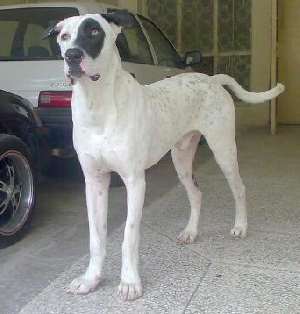
Also known as the Pakistani Mastiff, this is a very aggressive breed with an independent attitude that has been described by some breeders as “virtually un-trainable” and very hard to tame. They have a very tough stubborn streak. They are fiercely loyal and will take on anyone or anything in order to protect its family members.
The only way to stand a chance with this breed is with consistent training from Day One, and professional trainer help. This is one of the lesser known dog breeds in the West, and are rarely seen outside Pakistan. Definitely NOT for first time dog owners!
Scottish Terrier
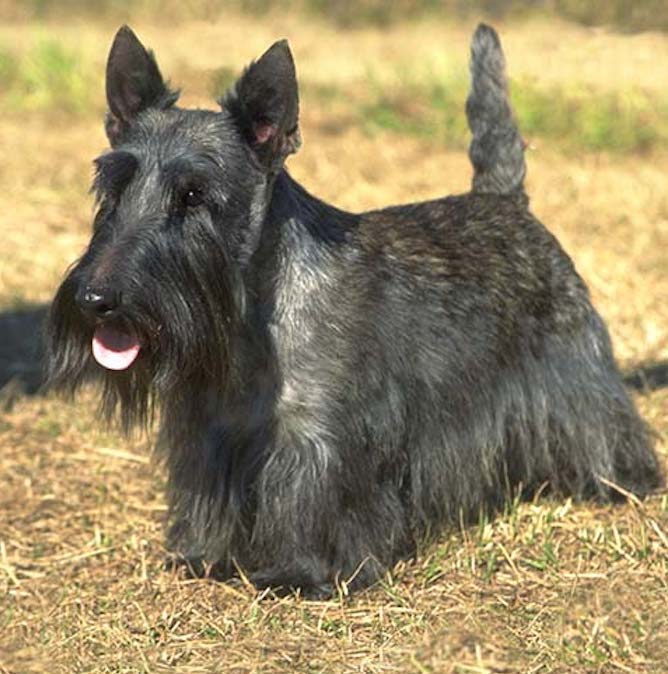
The Scottish Terrier or “Scottie” is a regular visitor to any list about a stubborn breed. The Scottie is playful, intelligent, and has a strong independent streak in its nature. They are probably best known for their tough nature and single-minded determination. If you play a tug-of-war game with your Scottish Terrier, he will not give in no matter how long you keep going. You will abandon the game before he does!
Their independent nature means that they are somewhat aloof with strangers, and will regard a newcomer with caution at first. This aloofness can also appear at training time, when the dog may appear stubborn. But in fact the dog is just thinking for itself, and gets bored quickly if training is repetitious.
The Scottie tends to regard its owners home and surrounding area as its own territory, and may initially become defensive with strangers and other dogs.
Basset Hound
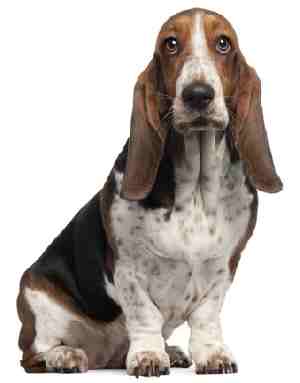
Basset Hounds are stubborn pups! But it’s not due to any inherent resistance to training, it’s more to do with their almost overwhelming instinct to follow a scent. The Basset Hound may just be one of the most placid, gentle dogs in the hound group, with a nose to scent only surpassed by the Bloodhound.
A friend to all, but they need a tolerant owner who doesn’t mind a little drool, smell, and shedding. This breed tends to be less reactive to their owners’ comments and more understanding of chaotic households. While this is great for large families and having guests over, it can make training a bit difficult.
Those that can appreciate their independent personality and their occasional stubbornness will be rewarded with a companion that loyal, great with children and accepting of other dogs.
Afghan Hound
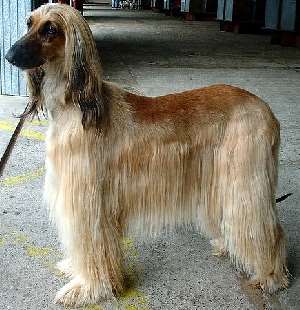
The Afghan Hound is aloof and distinguished, with its own streak of independence. If you’re looking for a dog with which you can form a strong bond, this may not be the best breed for you.
This is a magnificent-looking breed, with a trademark long coat. As the name suggests, they originate in Afghanistan, and the long coat helped to keep these dogs warm on cold nights. They are intelligent, agile and loyal and need a fair amount of exercise to stop them from becoming destructive. A large back yard is ideal to let them run around in but make sure the fence is high enough as these big dogs can jump great heights!
But they can also get stressed very easily. Once stressed, they may refuse to budge and may even drop off to sleep until the stressful situation or incident has passed. Sometimes even their nose can run if they’re not happy about something.
As a member of the sight hound group, their eyesight is far superior to human eyesight and they have a high prey drive, so they must be well trained to obey commands, otherwise they may suddenly bolt after something in the distance which we cannot see.
Siberian Husky
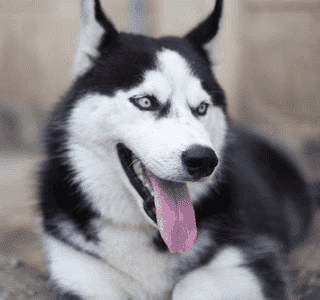
Siberian Huskies are one of the most intelligent dog breeds, and have energy to burn. The Siberian Husky personality makes this breed a very popular dog, being ranked as the twelfth most popular dog breed according to the American Kennel Club. However Siberian Huskies are also ranked rather high as being one of the most wrongly purchased breeds, due to their striking appearance.
What this means is that Huskies are often bought by people who don’t appreciate and understand the needs and requirements of this breed.
Although the Siberian Husky personality is very intelligent, training can be a little more difficult than one would think.
Huskies are not only very intelligent, they are also very witty and mischievous. Sibes are trainable, but require someone with a lot of patience who is very firm, confident, and consistent. Like all other breeds, Husky puppies should be socialized from an early age to assure they will develop into a confident adult.
It is important that you get it into their mind that you are the dominant one, and you are not going to let them be the owner of you. If the dog does not sense that leadership aspect, they will see no reason to obey and listen, and training will be much more difficult.
As long as the owner is stronger minded than the dog, and the dog is aware of this, Sibes can be very trainable with the proper amount of dedication and patience.
Jack Russell Terrier
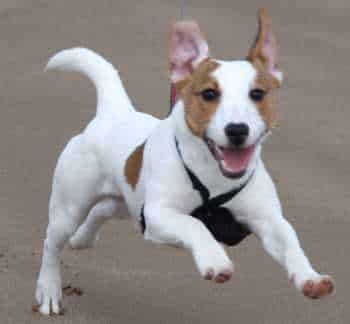
This is an energetic breed that never seems to run out of steam. Originally bred over 200 years ago to hunt fox, their job was to detect where a fox had gone to ground, and to get down the fox hole to either flush it out or else to corner it until the hunters could dig the fox out.
This background means that the Jack Russell is alert, vibrant, curious and inquisitive. They need a lot of exercise, and time to run around. In spite of their small size, they are not ideal for apartment living unless they can get out for a good long walk every day, and also have the chance to run around in an enclosed area like a small fenced park or a backyard.
This dog is very agile, and can climb as well as jump several feet high. They can easily get up on to high sofa backs, shelves, hedges and bushes. This means they can escape from a backyard unless it is securely fenced.
They will chase almost anything that moves, and should not be trusted with small animals such as rabbits, guinea pigs and gerbils, for example. On the positive side, they will quickly take care of any unwanted rodents that get into your house or garage such as mice or rats.
Bull Mastiff
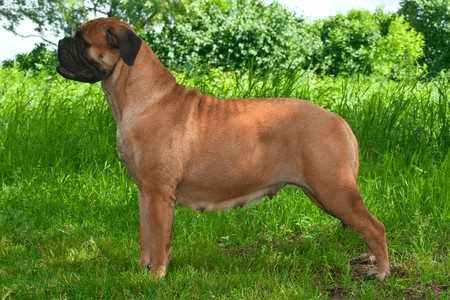
Bullmastiffs are independent thinkers, trained to guard and protect gamekeepers from hostile poachers. They do not bark much, but are stubborn and will question the authority of any owner who seems fragile or timid.
The early and continual socialization that begins the day the puppy comes home is essential in any breed but especially critical in massive breeds used and bred to be guardians. They are quiet and calm but will need extra help when learning new skills. They respond well to positive training approaches that incorporate food rewards.
Chow Chow
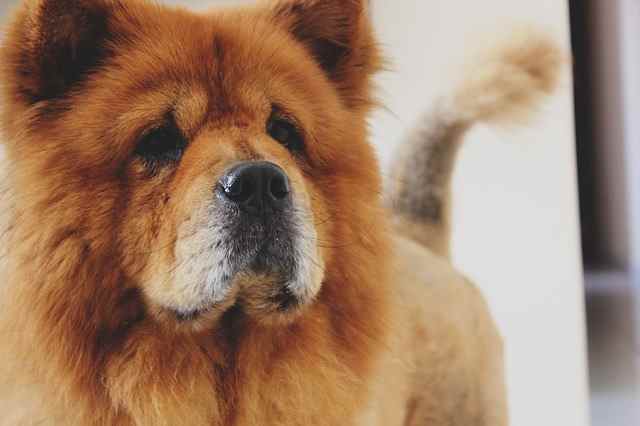
The Chow is a difficult breed to train, and notorious for its stubborn traits. Given their independent and aloof personalities, owners often have difficulty commanding their attention.
Owners have to establish that they are in charge, and often take their dogs to obedience classes for proper training. It’s paramount for these dogs to be socialized young, as they are naturally suspicious of strangers.
Exposing them to other pets, people, and things by taking them on walks or to obedience classes will make them more comfortable in their environment. These are not ideal dogs for living in areas of high population density, as it will only make them more nervous.
Housebreaking a Chow is not a difficult task once the dog’s attention has been acquired. It’s recommended that these dogs do have an enclosure when outside, as they will be very protective of their property.
A fence is the best way to keep things out and the dog in, although some owners use invisible fences as well.
The most efficient way to train these dogs is through consistent positive reinforcement. Despite their dignified attitude, Chows are sensitive. They won’t respond well to a scolding, and will instead become less responsive and reluctant to learn.
Shiba Inu
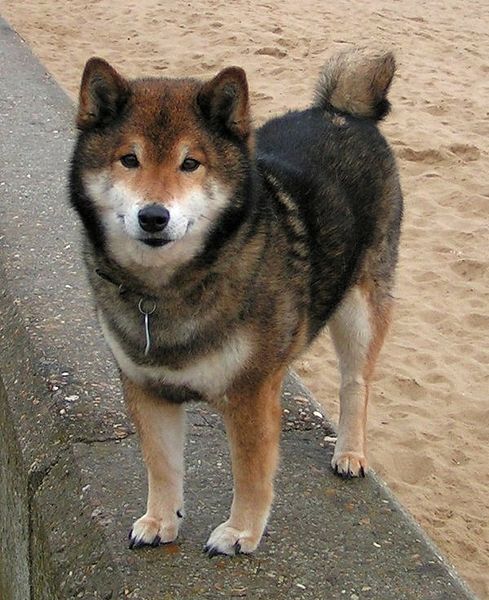
The Shiba Inu is notorious for being a difficult breed to train. Their independent personalities make them regard training as an option. They can learn quickly once their attention has been gained, although they will always do what they feel like doing.
Expect a struggle at first. Puppies like to nip fingers, jump up, chase and dig. Housebreaking them is a bit more difficult due to their size, although they will typically behave fairly well.
Some owners recommend hiring a personal obedience trainer at home, as the dog may not cope well with a group of unfamiliar dogs. However, socialization is a must with this breed, so it’s best to take them on walks and expose them to the various sights, sounds and smells in their environment. Altogether, these dogs are not ideal for group settings.
Gull Dong
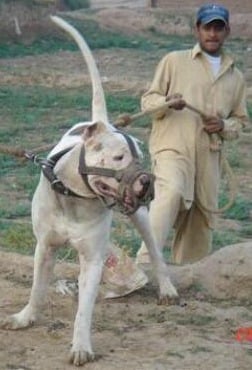
Gull Dong – Definitely one of the most stubborn dog breeds. Firm training from Day One is essential. These dogs have to be socialized from the day they arrive in your home, to get them used to new sights, sounds and people. It is vital to train and discipline this breed from an early age.
They are fairly intelligent and so will pick up basic training, BUT you have to be VERY firm, strong and consistent.
These dogs are very strong willed and can be VERY aggressive, so a very experienced owner is required. Due to their huge size they must be trained from a very early age to stop them being out of control when older.
Make sure your dog knows you and your family are higher up the pack than him by not allowing him to jump up on you, sit on you, eat before you or walk through doorways before you. You must always go in front of the dog, eat before the dog, and not allow them to sit on a sofa or bed – ONLY THE FLOOR.
This will help to re-inforce to him where he is in the pack and the result will be you have a calmer, more obedient dog who is a pleasure to be around.
We hope you enjoyed our list of the most stubborn dog breeds. If you think there is another breed that deserves to be in the top 9, please let us know by using the Contact Us link. Thank you!
By contrast, the least stubborn and easiest dogs to train include the Golden Retriever, the Labrador Retriever and Border Collies. You can check these breeds at the American Kennel Club website.



